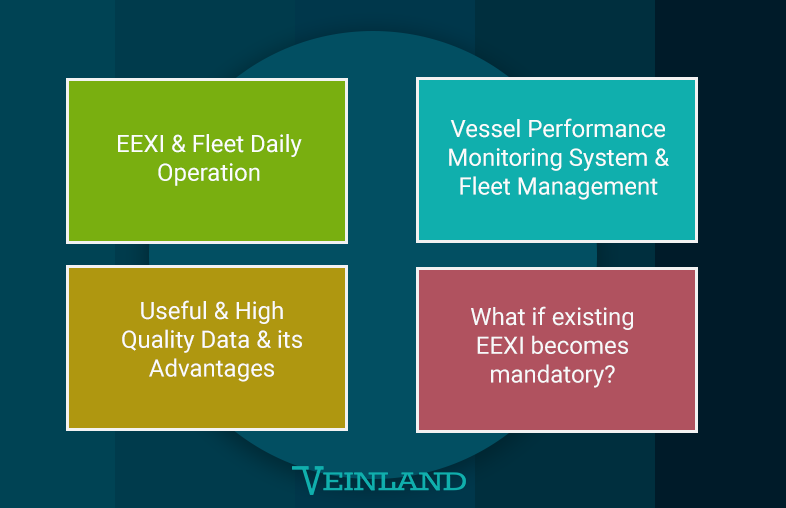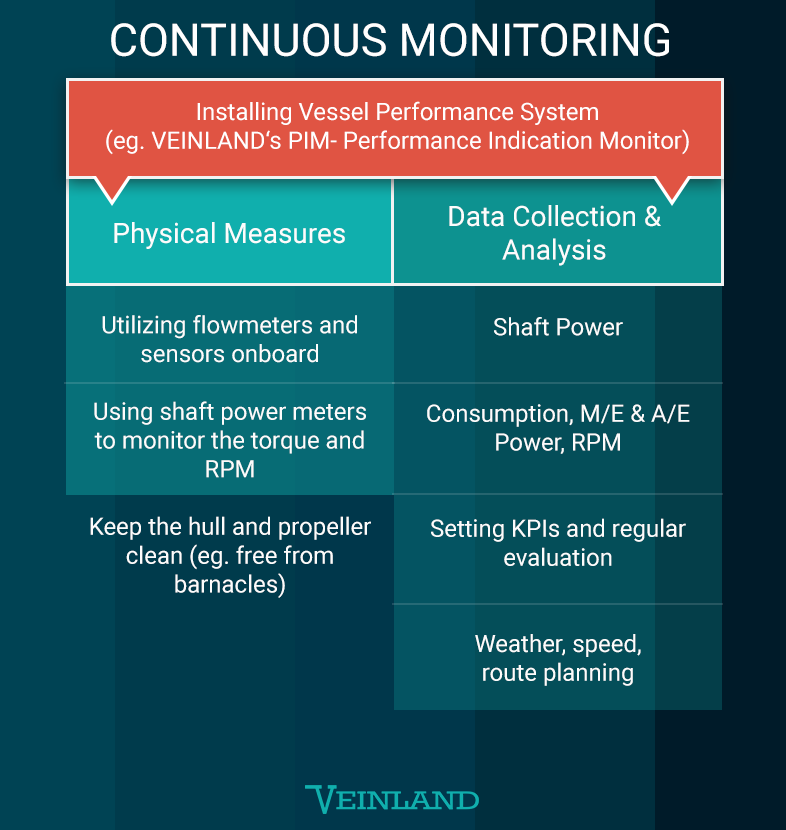EEXI – Energy Efficiency Existing Ship Index
The IMO’s Marine Environment Protection Committee (MEPC) has agreed upon setting certain standards for vessels as an effort to protect the environment and make vessel operation more environment-friendly.
By 2023, CO2 emissions are to be reduced by up to 50% (measured against the current fleet) through technical measures and depending on the vessel type.
This applies to the entire world merchant fleet and cruise ships over 400 GT.
Similar requirements (EEDI) have been applied to new ships since 2013.
The Carbon Intensity Indicator (CII) is used to classify carbon emission into five categories from A to E. Ships with CII values lower than the one set for Class C for three consecutive years will be obliged to come up with plans and improvement measures.
The goal is to reduce greenhouse gas emissions by 40% by 2030 and another 50% by 2050.
How can these IMO climate protection goals be achieved?
Other EEXI improvement measures include:
- Fuel conversion to liquefied natural gas
- MMG-Redesign-Propeller
- Limitation of engine power
- Retrofitting of a shaft generator
- Utilization of energy-saving devices, etc.
How does EEXI affect fleet daily operation?

Performance Monitoring is essential to ensure conformity and efficiency.
Key steps to achieve:
